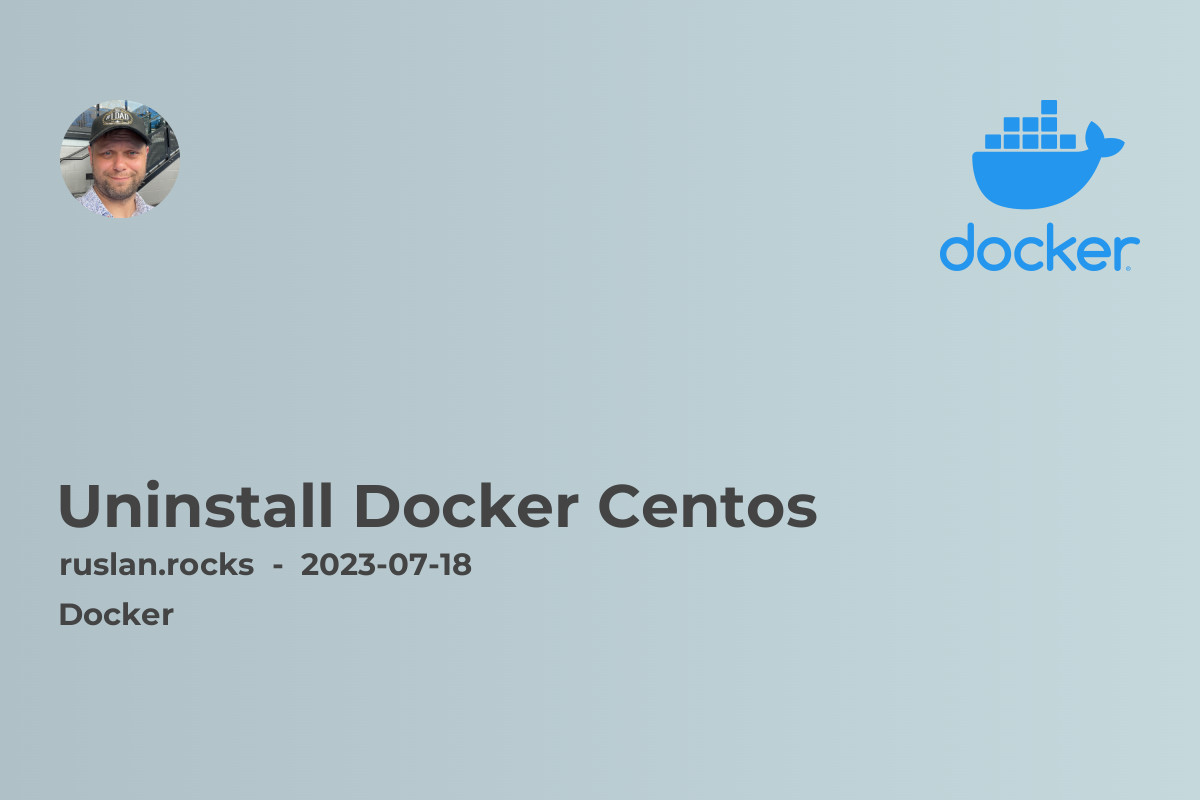- Why Consider Uninstalling Docker?
- Step 1: Halt All Docker Containers
- Step 2: Bid Farewell to Docker Containers
- Step 3: Uninstall the Docker Engine
- Step 4: Purge Docker Images
- Step 5: Erase Docker Artifacts
- Step 6: Remove Docker Configuration Files
- Verifying the Uninstallation
- A Fresh Start Without Docker

This guide will walk you through the process, ensuring a clean and efficient removal of Docker from your CentOS machine.
Why Consider Uninstalling Docker?
Before we dive into the nitty-gritty of uninstallation, let's explore some common reasons why you might want to bid farewell to Docker:
- Troubleshooting persistent installation issues
- Switching to a different containerization platform
- Freeing up system resources
- Preparing for a fresh Docker installation
- Simplifying your development environment
Whatever your motivation, this guide has got you covered. Let's get started!
Step 1: Halt All Docker Containers
Before we begin the uninstallation process, it's crucial to ensure all Docker containers are stopped. This prevents any conflicts or data loss during the removal process.
docker stop $(docker ps -a -q)
This command stops all running containers, setting the stage for a smooth uninstallation.
Step 2: Bid Farewell to Docker Containers
With all containers stopped, it's time to remove them from your system. Execute the following command:
docker rm $(docker ps -a -q)
This removes all Docker containers, leaving no trace behind.
Step 3: Uninstall the Docker Engine
Now, let's tackle the core of Docker - the Docker Engine. We'll use the yum package manager to remove it:
sudo yum remove docker-ce docker-ce-cli containerd.io
This command uninstalls the Docker Engine, along with its CLI tools and containerd runtime.
Step 4: Purge Docker Images
To complete the cleanup, we need to remove all Docker images:
docker rmi $(docker images -a -q)
This command deletes all Docker images, freeing up valuable disk space.
Step 5: Erase Docker Artifacts
For a thorough cleanup, let's remove any lingering Docker artifacts:
# Remove volumes
docker volume prune -f
# Remove networks
docker network prune -f
# Remove build cache
docker builder prune -f
# Remove unused data
docker system prune -a -f
These commands ensure a complete removal of Docker-related resources.
Step 6: Remove Docker Configuration Files
To finish off, let's remove any remaining Docker configuration files:
sudo rm -rf /var/lib/docker
sudo rm -rf /etc/docker
sudo rm -rf ~/.docker
This step ensures no Docker configurations are left behind.
Verifying the Uninstallation
To confirm that Docker has been successfully uninstalled, run:
docker --version
If Docker is completely removed, you should see a "command not found" error.
A Fresh Start Without Docker
Congratulations! You've successfully uninstalled Docker from your CentOS system. You now have a clean slate.
Remember, if you ever need Docker again, you can always perform a fresh installation. The beauty of containerization lies in its flexibility and ease of management.
